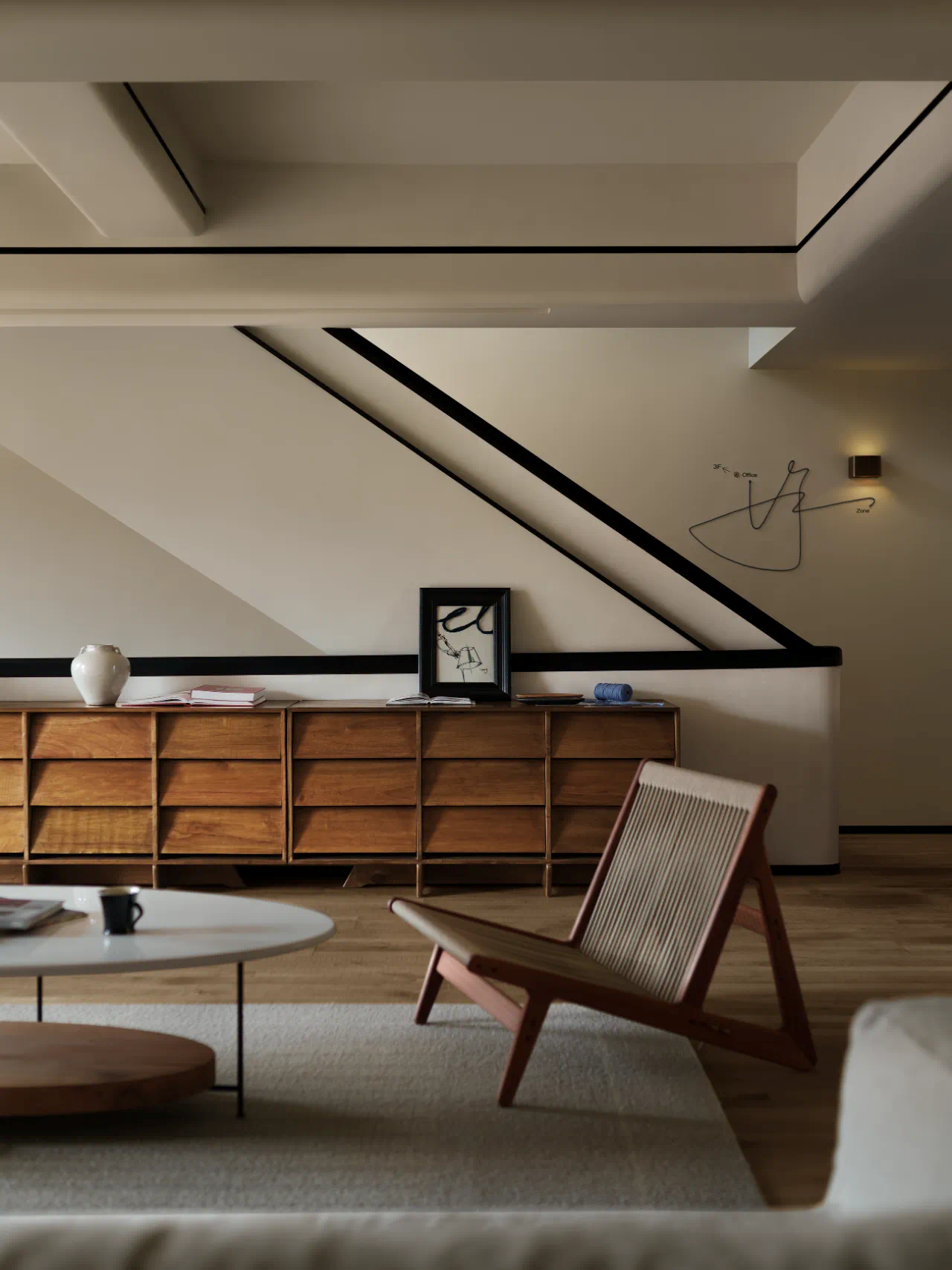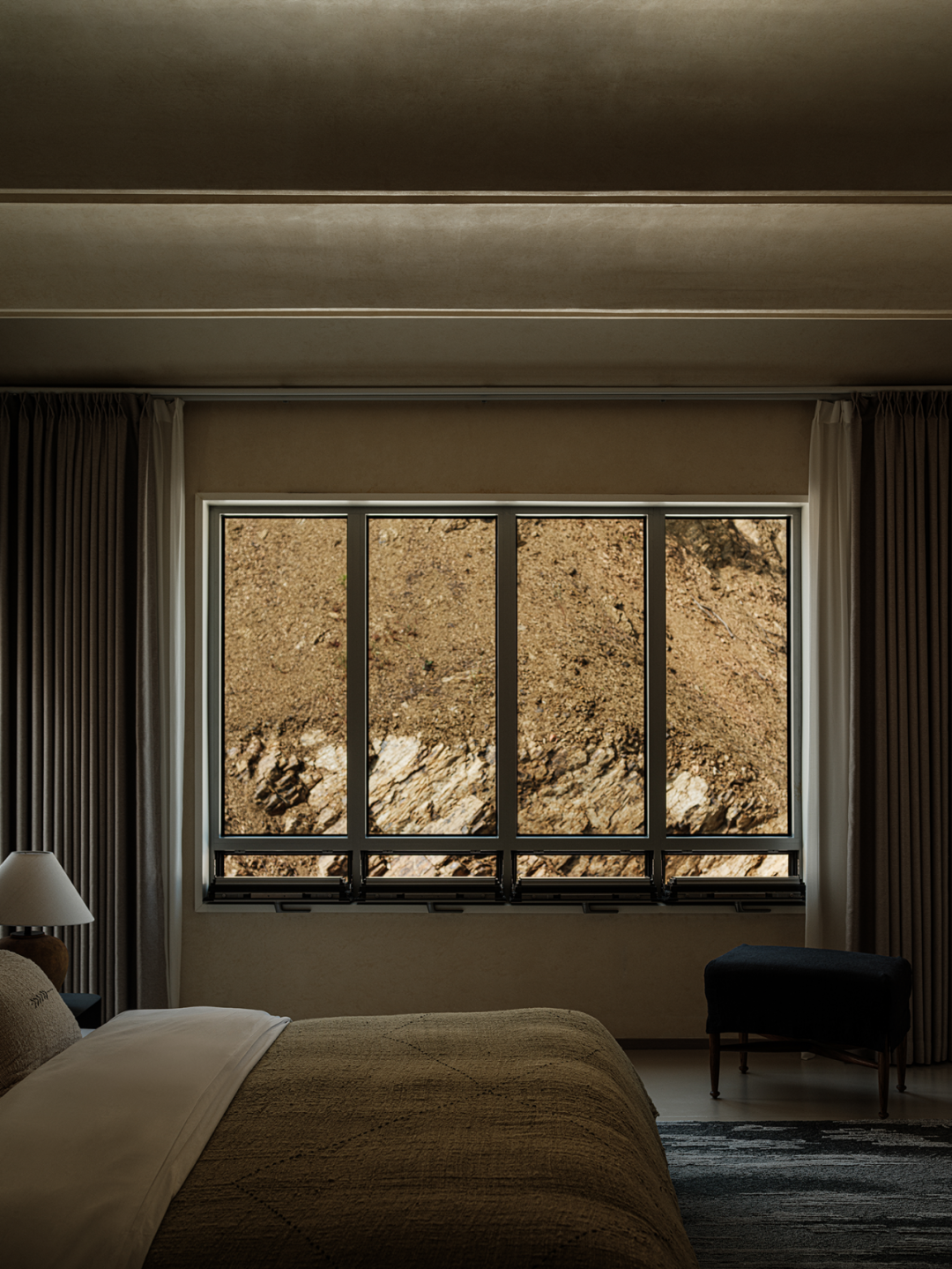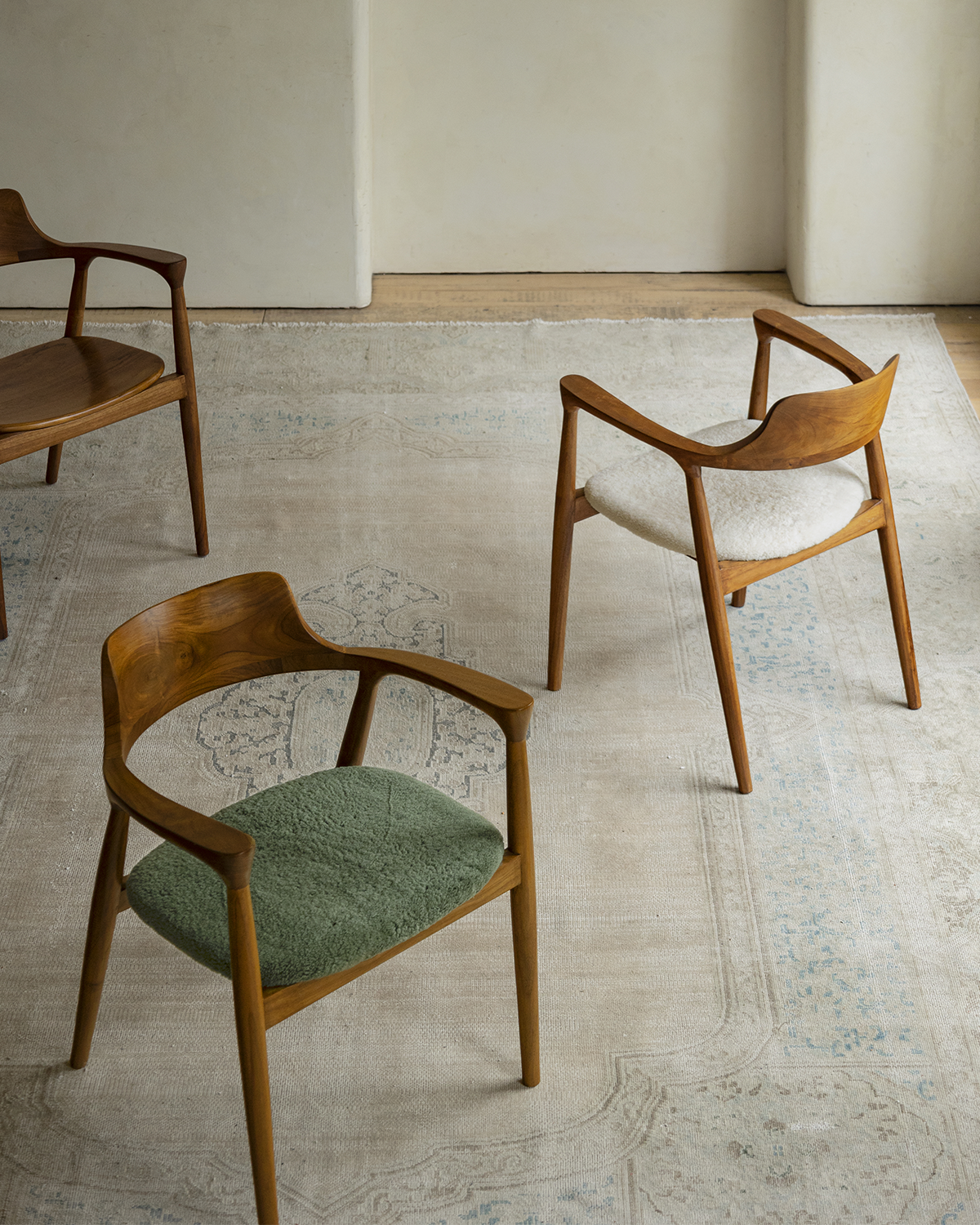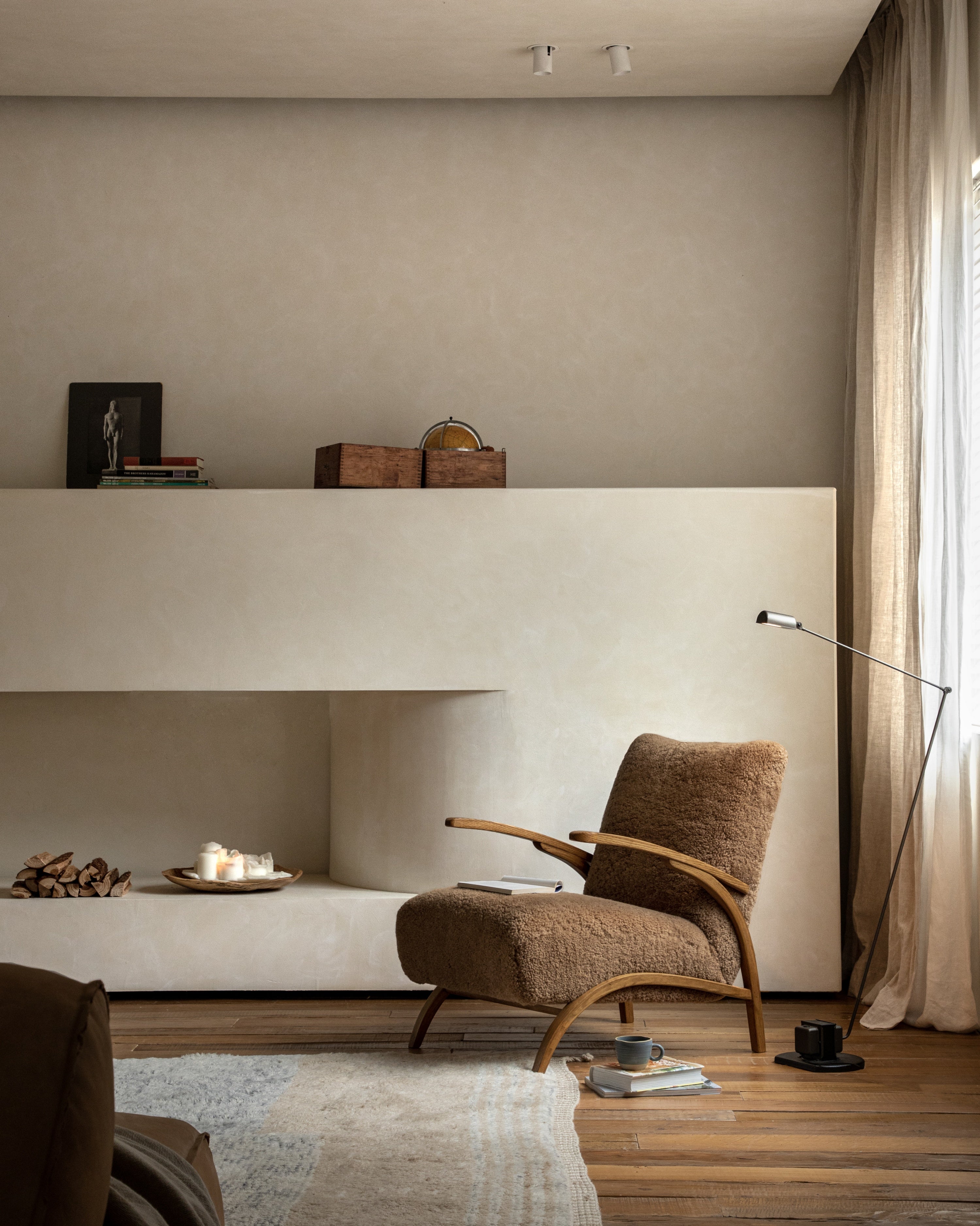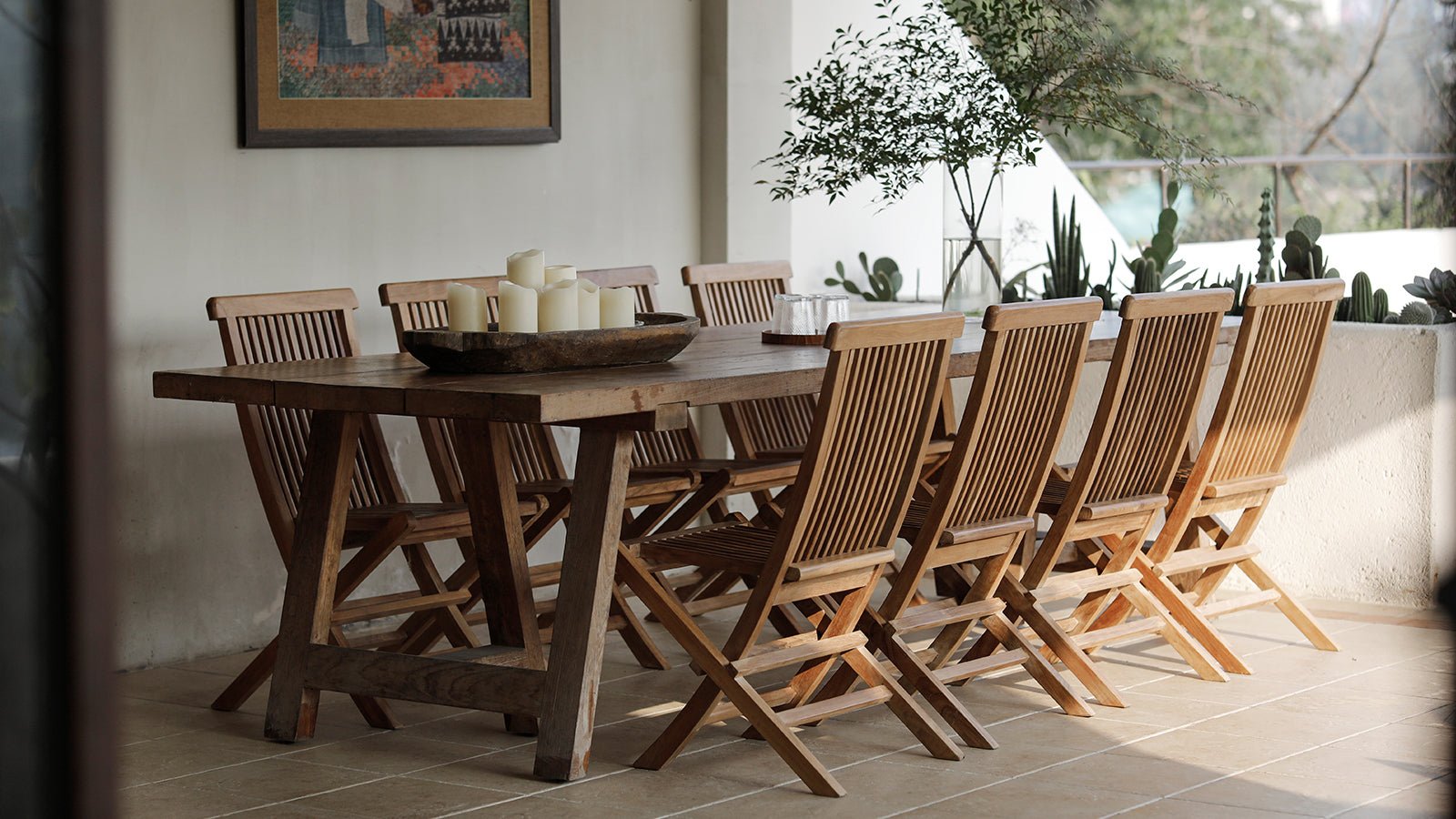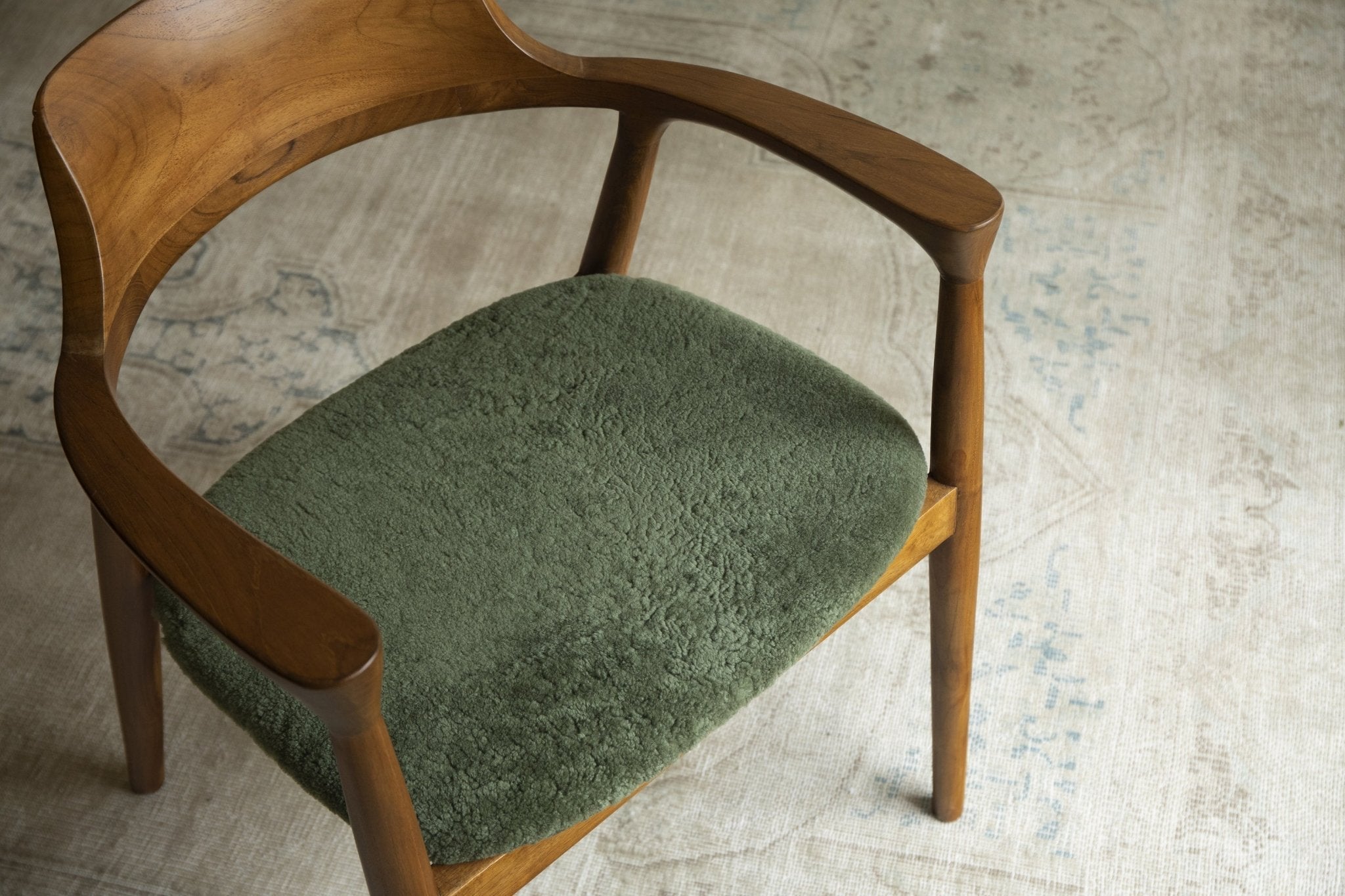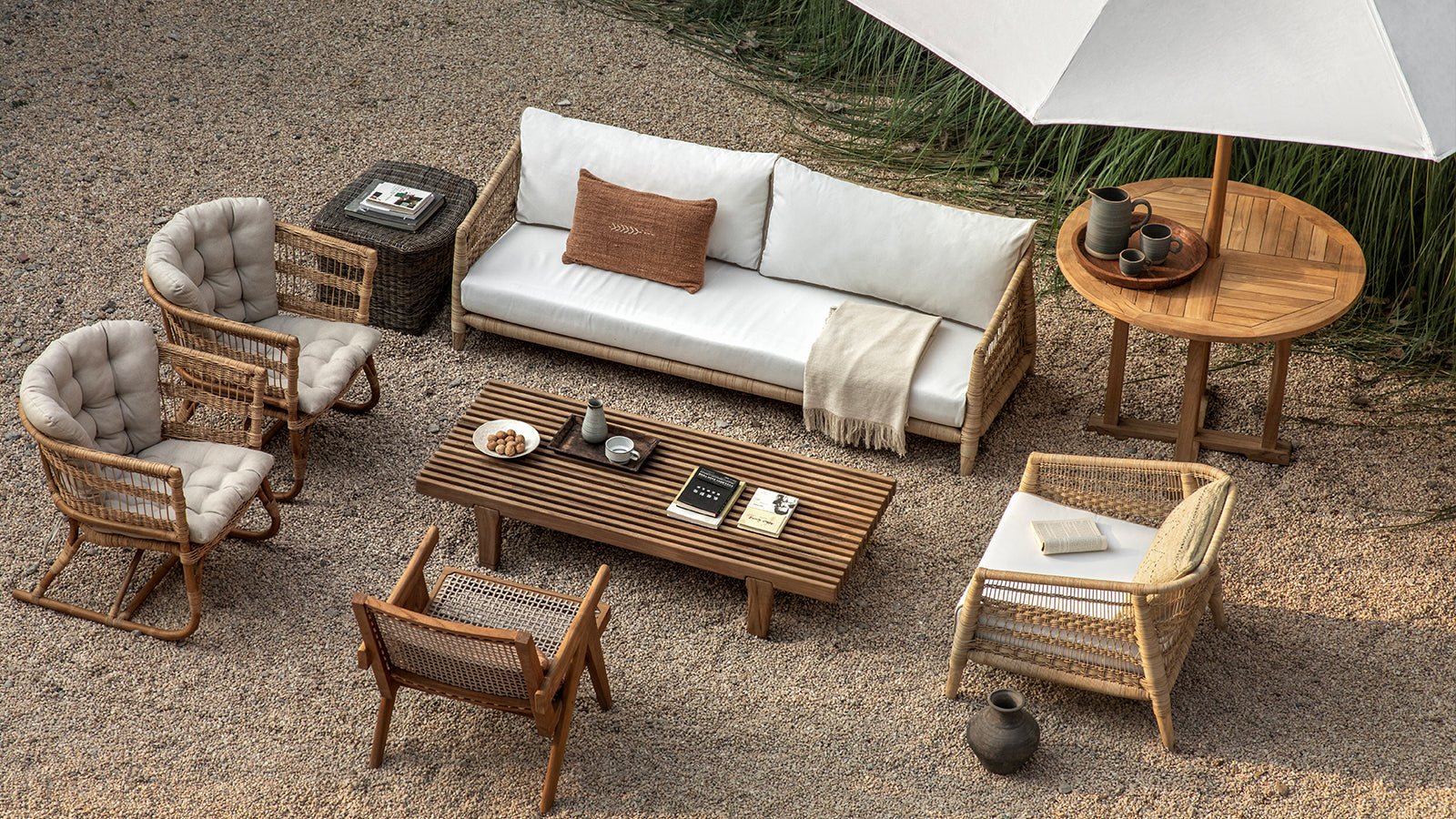
Which Type of Outdoor Dining Chairs Are Best for a Garden?
Key Takeaways:
When choosing outdoor dining chairs for your garden, keep these important things in mind:
- Picking the right material is very important; teak, cast aluminum, and HDPE are the most durable for outdoor use.
- When picking materials, think about the weather where you live; coastal areas need special consideration.
- The right size is important; for the most comfort, look for seats that are 17 to 19 inches high.
- Comfort features, like the right back support and armrest height, make outdoor dining enjoyable.
- Protection from extreme weather is important; use covers or storage when you can.
- Regular maintenance extends lifespan - monthly cleaning and seasonal deep cleaning are vital.
The perfect outdoor dining chairs for your garden is more than just looking good. The right chairs should be able to handle rain, sun, and temperature changes while still being comfortable enough for long summer meals. Let's look at the best choices for your outdoor place that are long-lasting, stylish, and resistant to the weather.
Popular Material Options for Outdoor Dining Chairs
Choosing the right material for your outdoor dining chairs has a big effect on their longevity and upkeep requirements.
Wooden Outdoor Dining Chairs
Natural wood adds timeless elegance to outdoor environments while remaining extremely durable. Teak stands out as the finest option due to its natural water resistance and golden-brown hue, requiring minimal care. Cedar and cypress are also ideal choices for outdoor settings, as they are resistant to weather and insects.
While wooden dining chairs may require occasional staining or sealing, they provide unmatched warmth and character that increases with age.

Metal Outdoor Dining Chairs
Cast aluminum is now the most popular metal for outdoor furniture because it is the best mix of toughness and weight. These chairs don't rust and can stand up to harsh weather without losing their style. Aluminum doesn't retain excessive heat like some other metals do, so it's good for use in the summer. Furthermore, metal chairs are very stable and don't need much upkeep-usually, just soap and water every once in a while.
Plastic Outdoor Dining Chairs
Modern plastic chairs, especially those made from HDPE (high-density polyethylene), last a very long time and don't get damaged by the weather. These chairs won't fade, crack, or rot, and they don't need virtually any maintenance beyond basic cleaning. They come in a range of styles and colors - so versatile for any outdoor setting. The best part is that generally, they are less expensive than other products and can last a long time.
Wicker or Rattan Outdoor Dining Chairs
For outdoor wicker furniture, synthetic choices work much better than natural ones. If you take proper care of it, good synthetic wicker can last between 10-20 years. HDPE rattan stands out because it can withstand bad weather and protect against UV rays. Natural rattan looks beautiful, but it's reserved for covered outdoor spaces or indoor use, as it's susceptible to weather damage. Synthetic versions have the same nice look, but they last longer and need less upkeep.
Pro Tip: The local climate will affect the materials you choose. If you live near the coast, aluminum or HDPE furniture might be best. On the other hand, natural wood or rattan furniture might work well on covered patios.

Comfort and Ergonomic Features to Consider for Outdoor Dining Chairs
Picking chairs that are supportive and comfortable for long meals and talks is the first step in making an outdoor dining area that people want to hang out in.
Choose the Optimal Seat Height
The ideal height for an outdoor dining chair's seat is between 17 and 19 inches from the ground. Most people can keep their feet flat on the floor and maintain a good posture at this height. For bar-height eating sets, find chairs with a 28-30 inch seat height. If your outdoor dining area has uneven surfaces or multiple table height, think about dining chairs with height adjustment feature.
Look for a Supportive Back Design
A well-made chair back should recline between 100 and 110 degrees, which is just the right amount to support a relaxed stance without compromising dining comfort. Look for chairs that have lumbar support design, such as the ergonomic slats or curved backrests. The backrest height should measure 32 to 34 inches above the seat so that it can fit different body types and provide full back support for long outdoor gatherings.
Strategic Armrest Placement
Armrests aren't necessary for eating, but well-designed ones can make long meal sessions outside more comfortable. The best armrest height should be 7-9 inches above the seat. This lets chairs slide easily under tables and gives your arms natural support. To avoid pressure points after long periods of use, look for chairs with rounded or padded armrests. If you want to save room, look for designs with armrests that fit neatly under tables that are 28 to 30 inches high.
Weight Capacity and Stability
Modern chairs for dining outside should be able to safely hold at least 250 to 300 pounds. For more stability, look for chairs with cross-bracing under the seat and reinforced joints. Wide legs or a stable base design keep the table from tipping over, and non-slip feet make it safer to use on a variety of outdoor surfaces. Pick chairs that weigh between 12 and 15 pounds for the maximum stability - heavy enough to resist wind but light enough to move around easily.
Seat Depth and Width
The right seat depth and width are also very important. A seat depth of 16 to 18 inches is good for most people and gives their backs the support they need. The seat should be at least 18 to 20 inches wide so that there is plenty of room without compromising table spacing. Some high-end outdoor chairs have contoured seats that spread weight evenly, which reduces pressure points during extended sitting.

Weather Resistance Factors in Outdoor Dining Chairs
If you choose chairs that can handle different types of weather, your outdoor dining set will remain beautiful and functional throughout the seasons.
UV Protection Capabilities
High-quality outdoor dining chairs should be resistant to UV light so that the fabric doesn't fade or degrade. Look for chairs with UV-stabilized materials that will keep their color and shape even after prolonged sun exposure. For instance, quality synthetic materials like olefin naturally block UV rays, but they should still be kept away from very high temperatures.
Rain and Moisture Defense
Outdoor furniture with water resistance will last a long time. The natural resistance to rust in cast metal is impressive, and the high oil content of teak makes it a good moisture barrier. If you want the best protection from rain, pick chairs with good drainage designs and materials that won't soak up water. In wet conditions, synthetic resin and HDPE materials work great and stop mold and mildew from growing.
Temperature Adaptation
Look for materials that can bear dramatic temperature changes without breaking down. Cast aluminum has great heat resistance, and synthetic resin wicker stays strong even when the temperature fluctuates. For the best temperature resistance, look for chairs made of HDPE. These won't crack or split in high temperatures, but they might need cushions in extreme heat.
Coastal Environment Protection
For locations by the sea, specialized considerations are necessary. Chairs should be able to resist salt air and strong UV rays. Teak and eucalyptus woods naturally combat coastal conditions, while powder-coated aluminum provides excellent protection against salt air. Although salt, sun, and moisture are all problems that often come up in coastal areas, these materials stay strong.
FAQs About the Outdoor Dining Chairs
How Long Should Outdoor Dining Chairs Last?
If you take good care of them, good outdoor dining chairs should last 5-10 years. Chairs made of high-quality synthetic materials last between 7 and 10 years, while chairs made of teak or aluminum can exceed 15 years. How long it lasts varies a lot on the quality of the materials, maintenance routine, and exposure to weather elements.
How Often Should Outdoor Chairs Be Cleaned?
Outdoor chairs should be cleaned once a month during peak usage seasons and after big weather events. For regular upkeep, all you need is a wipe down with water and mild soap. Deep cleaning should be done twice a year, usually in the spring and fall, to get rid of built-up dirt and keep materials from breaking down.
Is It Okay to Leave Chairs Outside All Year?
Even though weather-resistant materials can handle year-round exposure, it's best to store chairs during extreme weather conditions. If you can't store them, use covers that won't get damaged by bad weather.
How Do I Protect Chairs During Winter?
If you can, keep chairs in a dry, covered area. If you need to store things outside, use high-quality furniture covers that are waterproof and UV-resistant. Lift chairs off the ground to keep them from getting damaged by moisture, and make sure there is enough air flow under the covers to prevent mold growth.
Read More
- 6 Dining Chair Trends That Will Transform Your Space in 2025 - ZM Home
- Which Wooden Dining Chair Design Is Right for Your Home? - ZM Home
- Best Wood for Outdoor Dining Chairs | Durability & Style - ZM Home
- Sofa Care 101 Maintenance Tips for Every Material - ZM Home
- Leather vs. Fabric Sofas Which One Is Right for Your Home - ZM Home
